When you invest all that time and money into a bespoke product, you also want it to last as long as possible and wear it in a way that makes it look most favorable. That means getting a matching belt made of the same leather as the shoes and having shoe trees made that are not just generic off-the-rack, but actually based on the last of the shoe, so you will enjoy your shoes for years to come without any unnecessary creasing.
So, once you have the pair of bespoke shoes, should you also go for a matching belt? In my opinion, if you can afford it and you have enough leather left over, you would be foolish not to get one. Of course, if your shoemaker is willing and able or if you can take the leather to other craftsmen, you can have other items made out of the same leather, such as your wallet, your watch strap, a briefcase, a duffel bag, or anything else under the sun, really.
Making A Bespoke Belt
In the case of Amara Hark Weber, she was totally willing and able to work on a belt for me, and I told her I wanted folded edges just like on our Fort Belvedere belts, and I wanted to be able to wear the belt with our Fort Belvedere buckle system. Of course, if I would have just asked her to make me a regular belt with a fixed buckle, she could have done that, too. But, I find one of the advantages of our Fort Belvedere belt system is that you can buy the belts and the buckles individually, and you can combine whatever belt or buckle you have with the buckles as long as they fit into the buckle.
As we mentioned in our guide on how to pair belts with shoes before, the idea is that you get a color that is as close to the shoes as possible because, often, it’s not possible. But, you’re in a unique position where it’s possible to match it, and so it always looks better. Frankly, I believe anyone who can sew a bespoke shoe upper can also make a belt for you.
How to Pair Belts & Shoes (and Your Metal Accessories)
Of course, you can specify things such as the broguing or maybe the lining color. Here, I didn’t go for the same lining color as the shoes because I felt like you might see the turquoise here or there, and it would clash with most outfits. So, I chose a dark green, which is very similar to the Fort Belvedere green we use in our own belts.
Because leather had texture, I also didn’t want any broguing on the belt. In such a tight space, I felt it would kind of be a visual overload – unlike with the shoes, where I like the ratio between broguing and non-broguing areas. So, let’s get to how it’s made.
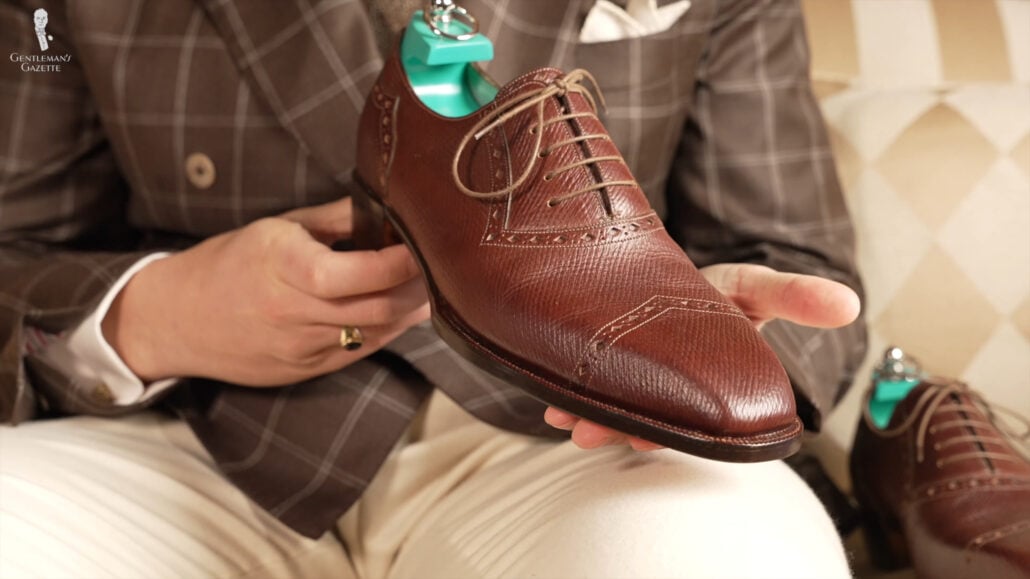
Preparing the Leather
First, Amara selected and prepared a length of leather that was left from shoemaking. She then skived the leather, layered it, and stitched it together. Obviously, that’s how a belt is made in a factory setting, but Amara is very flexible and capable. Everything that went into this belt is leather, and thread, unlike many others. We did a video where we cut belts apart, including expensive ones, and you can see the results here.
Punching the Holes
To emphasize the bespoke look at the belt, I wanted the tips to be pointed because that was a theme of the shoe, and I also had her use the diamond-shaped brogue hole for the holes for the pin.
While doing that, I realized that buckling and unbuckling your belt is a lot easier with diamond-shaped openings, rather than round holes. And because of that, going forward, all Fort Belvedere belts will have that same diamond-shaped hole. After all, isn’t it nice to open and close the belt more easily? As you can see, I love learning and improving things, and I’m never happy with the status quo.
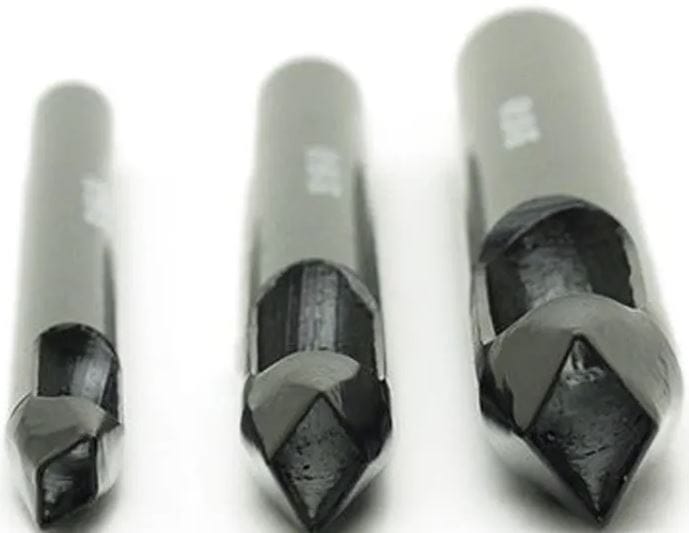
Of course, before punching the hole, we also talked about hole spacing and the number of holes because, ideally, you want the pin to go through the center hole because that’s the most pleasing aesthetically. Of course, there is weight gain – you lose some, you gain some – so you need that flexibility and can’t just have one hole.
Even though you think about it, it could be a really good way to maintain a certain clothes size. Because who wants to replace all their belts just because they gained or lost a few pounds?
Obviously, if you have more holes on a ready-to-wear belt, you can sell them to a broader range of people. For a bespoke belt, I know and foresee not to change any weight so dramatically, so I rather prefer a somewhat smaller spacing, so I can adjust it to exactly the right comfortable tightness.
Of course, punching holes for the diamond is riskier than with a round hole punch because, with a round hole punch, no matter what angle your whole at, it’s always round. With a diamond, you have the points, and, if it’s not perfectly aligned to the edges of the belt, you may have to redo the entire belt. Because of that, Amara first marks locations where she wants to punch the belt, then she uses a press to indent the area, and then she hits its heart with a hammer to actually make the hole.
It’s time to take a ruler to check for accurate measurements. After all, you want the spacing to be even and not off. Also, you want the hole to be the same distance away from each edge, and as Amara is a stickler for details, you can see she’s taking a pen now to color the inside of the belt hole so it doesn’t look so unfinished. A little thing, but it definitely makes a difference, doesn’t it?
Fitting the Buckle
Since I already had belts from this belt system that fits me, I brought them with me. She could measure, make the belt slightly longer at first, and then we could cut it down to size so it fit me perfectly. Because it’s always easy to cut it shorter, but you can’t just add it back on.
Because I wanted to fit my Fort Belvedere buckles, it had to be three centimeters in width, not more. That’s about one and one-fifth of an inch. Of course, it’s not just the width of the belt, but also the thickness. At first, it seemed the belt was a little thick for the buckle, so time for a hammer to compress the leather.
After trying on the belt, I realized it was a little too long, so we’re cutting it again, and now it fits perfectly. So, again, while not essential for a bespoke shoe process, I think it’s a really nice add-on, and I would always budget for it upfront.
Do I need a new belt because I don’t have any others? Not really, but it’s just nice to have for this kind of bespoke project.
Making A Bespoke Shoe Tree
You could just go online and buy a pair of shoe trees with the adjustable coils, and even go to maybe a cobbler to adjust it to your shoe to get roughly the same fit, but if you go all the way to do this bespoke project, why not get a bespoke last and have fun with it?
Also, while most shoe trees for ready-to-wear have coils, sort of flexible and fit more shoes and different widths, for a bespoke shoe tree, you can do a last shoe tree, which is just meant for this pair of shoes and won’t work for others.
A shoe tree really helps to maximize the life of your shoe because it helps it to dry in its original shape and, in general. Ideally, you only wear one pair of shoes in one day, give it a break for a day or two, and then wear it again at the earliest. If you continue to wear the same shoes over and over again, you wear them down much faster than if you had maybe a range of three pairs of shoes and wear them out evenly.
As the name shoe tree implies, this is made out of wood, and there are plenty of different woods you can choose from. Oak is one option, but it’s typically rather heavy. So, when I travel, I prefer a lighter weight, such as poplar or lime wood. Some people like cedar because it has aromatic properties to it. So, if you have sweaty feet, cedar may be a nice option for you.
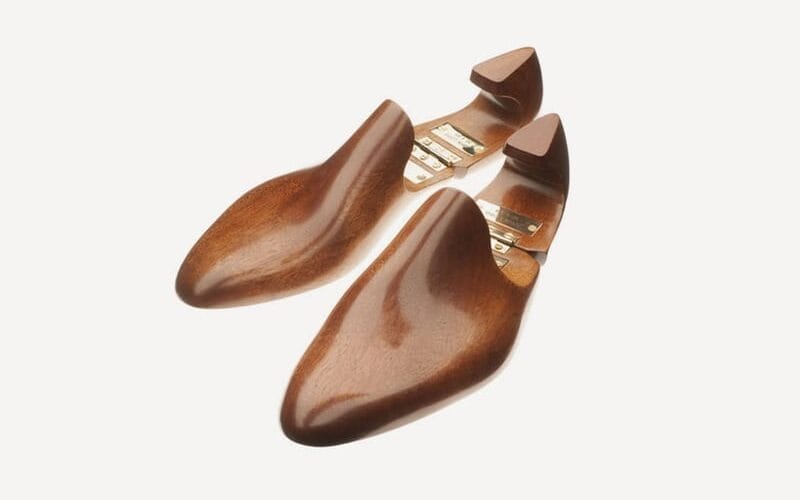
Most factory, ready-to-wear shoe trees are unfinished and just sanded. A lot of people say that allows for the moisture of the lining leather to be absorbed into the shoe tree. Now, I’ve found that a lot of bespoke shoe trees are finished. They’re either waxed on the surface or lacquered, or painted, and there are lots of other options.
Also, if weight is a concern and you’re into craftsmanship, you can have the front part of the shoe tree made hollow. Not only does it allow for faster drying, but also, because there’s less wood in the shoe tree, you have less weight and a lighter travel set of shoe trees.
Coiled Shoe Trees
When I talk about coiled shoe trees, you have the very basic ones with a kind of a long coil and a kind of wooden ball at the end. Those are the cheapest ones. Then, you have the multi-piece shoe tree. Sometimes, they adjust the width in the front and also the middle and length. Those are good.
And then, you have the last shoe trees; and then you have shoe trees that are hollowed because, obviously, hollowing them out takes some time, especially if you do it by hand. Saint Crispin, for example, has always been known for having these really nicely hollowed-out shoe trees.
![Hollow Shoe Trees Saint Crispin's signature hollow shoe trees [Image Credit: Permanent Style]](https://www.gentlemansgazette.com/wp-content/uploads/2022/03/hollow-shoe-trees-1030x581.jpg)
Our Shoe Trees
Interestingly, Amara was not trying to copy the last herself, but there are companies that have machines where you can bring the original last, and then it creates a copy of it, and you have to sand a little bit here and there, and you get a perfectly fitting shoe tree. And realistically, shoes will spend more time with the shoe trees in them than with your feet, unless, of course, you sleep with them.
Shaping Bespoke Shoe Lasts by Hand & Machine
In this case, Amara was working with an English company that also used better bespoke shoemakers, but she wasn’t truly familiar with all of their processes. So, ideally, they want you to send them shoes with not just the original lasts, so they can try it and try it at the new shoe tree that is actually going to fit into the shoe.
So, at first, she just sent the original lasts to the company, and when the trees came back, they were not really fitting into the shoe. Also, I wanted lime wood, but they used the wood and made a green lime color on it, which I wasn’t too fond of. Instead, I wanted a color that matched the lining of the shoes.
Of course, I was purchasing this through Amara, and so she handled all the things back and forth, and eventually decided to just give it a go on her own. So, she took off the green paint and added the turquoise paint, all while kind of sanding and fitting the shoe tree to perfection.
These days, she has her process all figured out, and I think that’s the case with most bespoke shoemakers. Either it comes with a shoe, and there’s no option, or they give you the option to buy it. But, you should always ask about it when you start a commission because it can be a significant cost add-on to the shoe. We’re talking anywhere from three to six hundred dollars, sometimes even more. Why so much? Well, again, it is a custom, bespoke product.
If you want everything hollowed out, maybe by hand, it takes a certain amount of time to do that, and it’s all reflected in the price. I know that means you spend more money on your shoe tree than most people doing their shoes. But, hey, that’s an enthusiast for you.
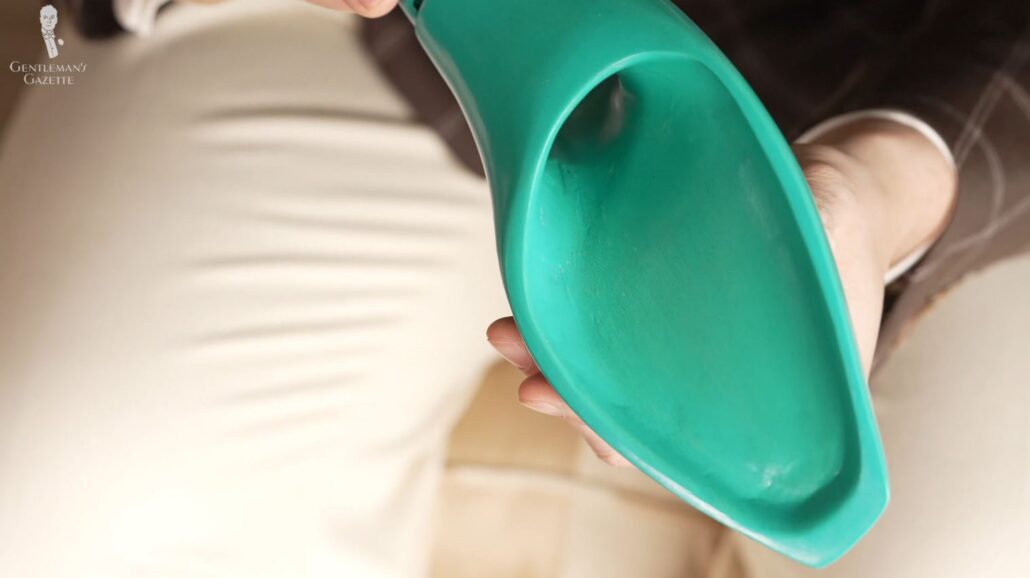
Because the shoe tree was made elsewhere, we don’t have footage of that. Maybe that’s something we can film another time. At the end of the day, it’s made with a CNC machine or Computer Numerical Control machine, and there are various places in the world where they specialize in shoe trees.
Also, you don’t just want an exact copy of the last, but you want the shoe tree to be slightly smaller in all dimensions, all around, so it easily goes in and out of the shoe. Remember how difficult it was to get the last out of the shoe? You don’t want that to happen every time you take out your shoe trees.
Could I have opted for a coil shoe tree or a spring shoe tree? It would have been less expensive, and yes, but I felt like I didn’t have any other shoes with a lasted shoe tree. So, I just wanted to have that just so I could say I have one.
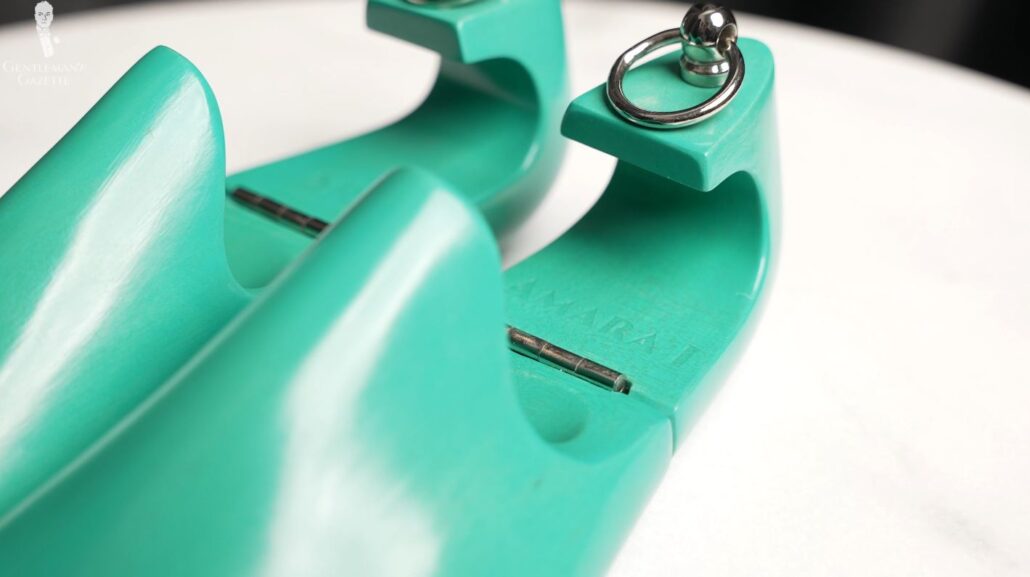
I also wanted to have them engraved with “Amara 1” so I always knew this pair of shoe trees was for that shoe. And if I have more shoes made in the future, I will always find the right shoe tree, just maybe visually or based on an engraving.
I also had the option to choose the hardware, so I went with silver, both for the hinge and on top. I always liked these vintage photos of shoe trees with that round brass element, so that’s what I went for; because that way, you can pull out the shoe on that. It supports you in that and has this classic look.
Because of all the shipping back and forth and the long delay, it definitely added some cost to the project, but I’m glad I did it.
At the end of the day, I have a nice pair of shoes with shoe trees that will protect the shoes and ensure a long life.
So with that being said, I’m now curious, how many bespoke belts and lasted shoe trees do you have in your collection? Let us know in the comments.


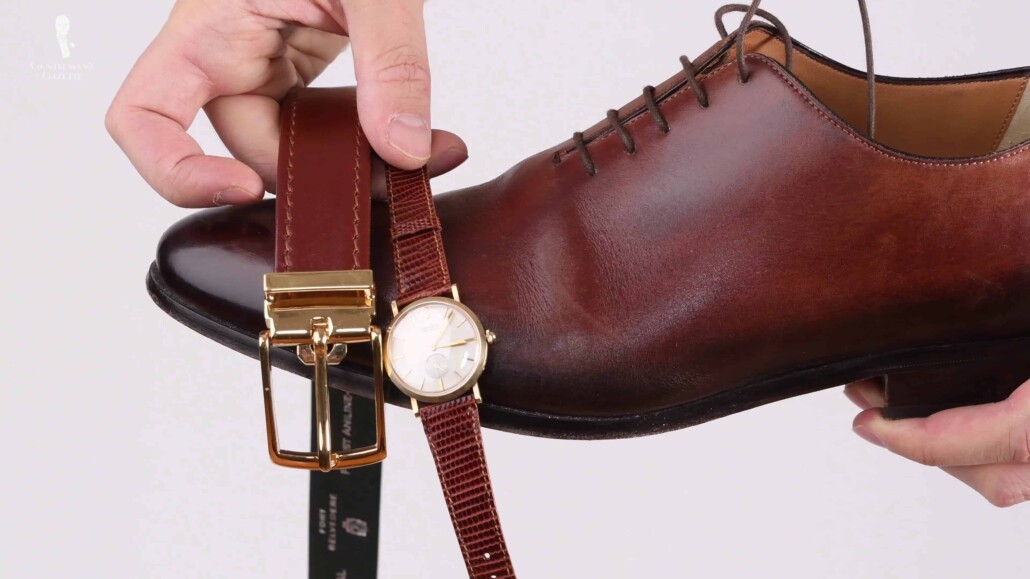
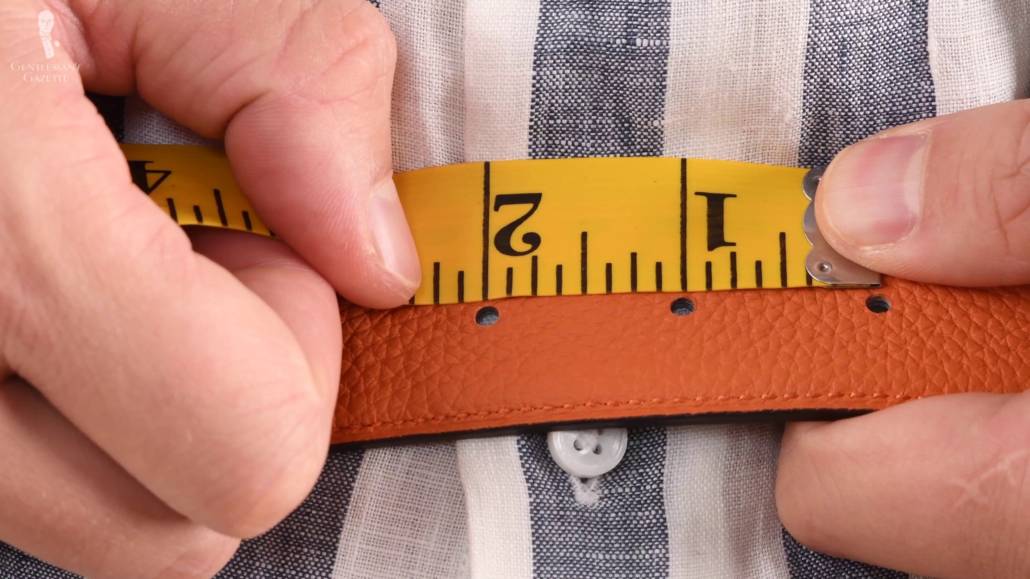
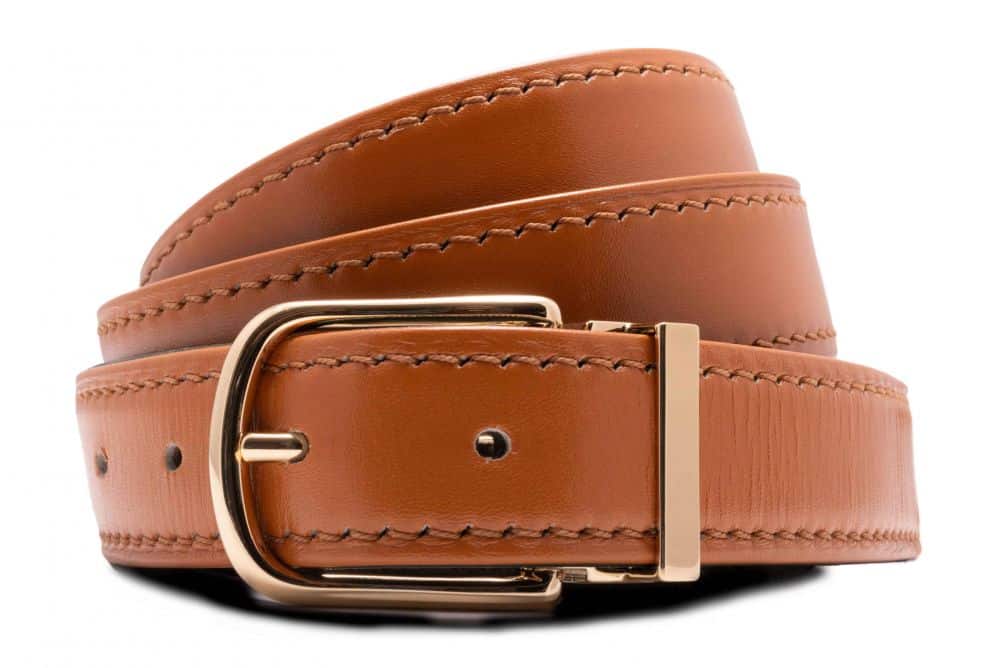
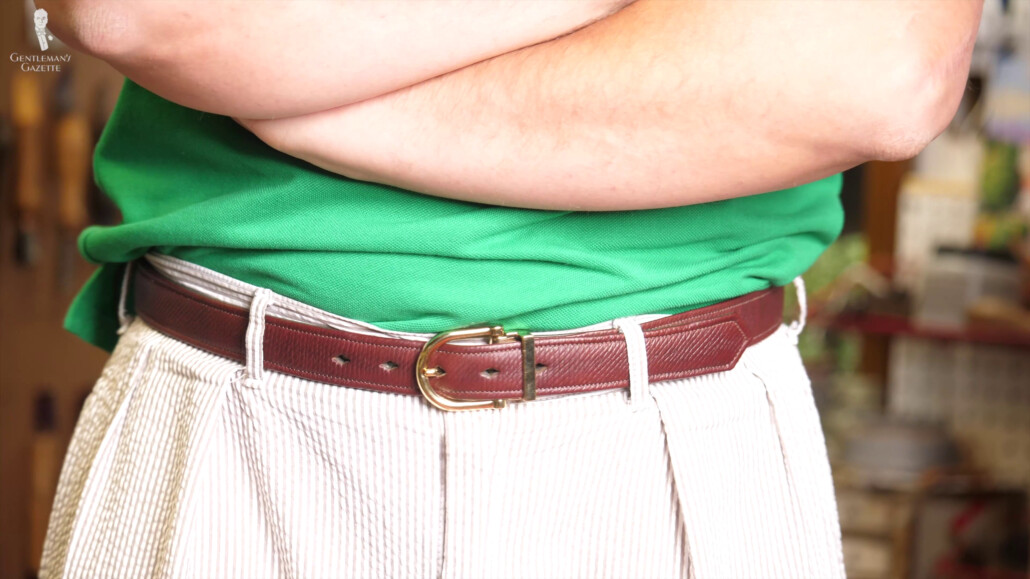
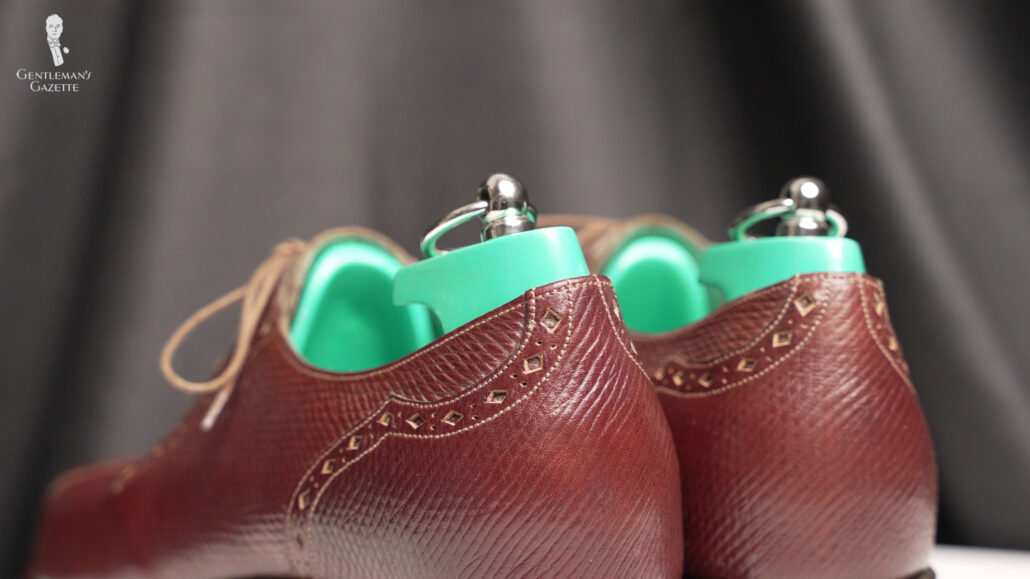
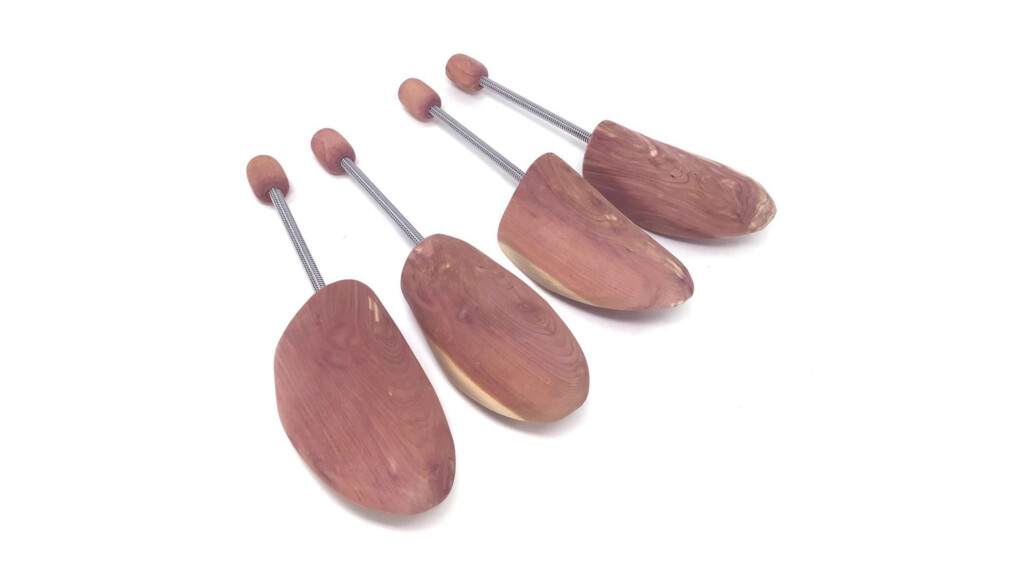
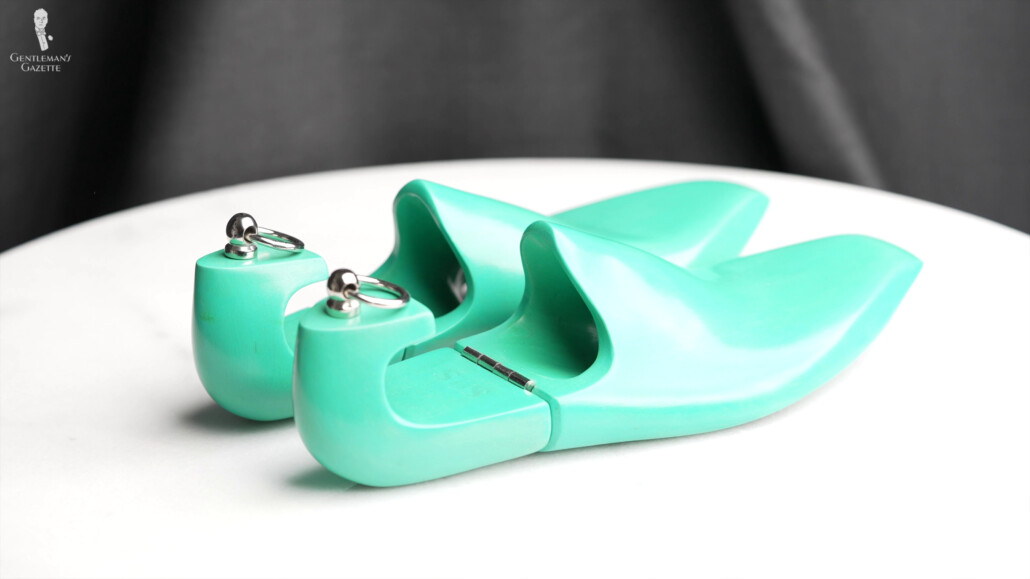
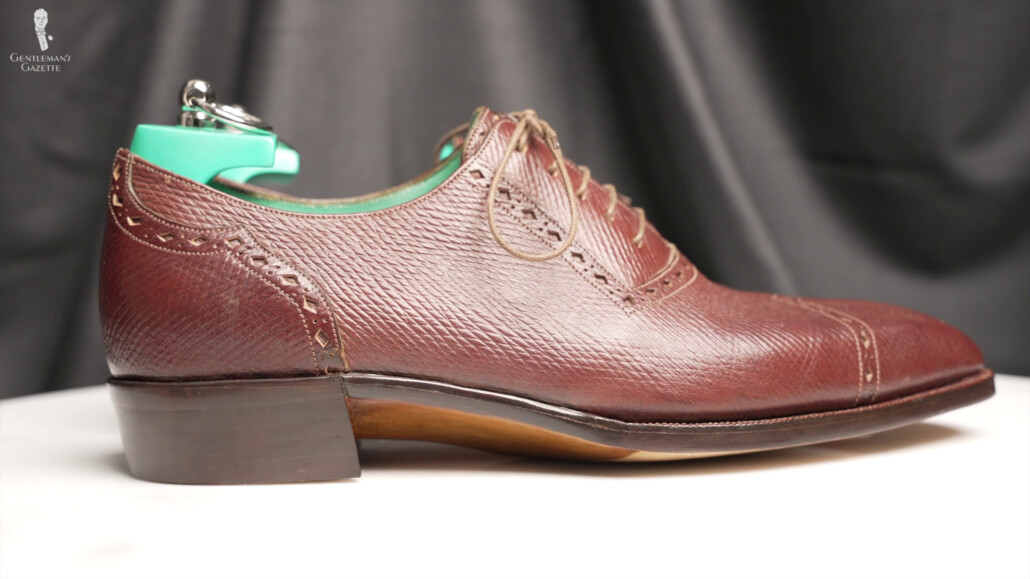
Equus, a bespoke Leather Manufacturer in the Uk closed down. I got several belts from them in perfect quality. Maybe they disappeared as Chinese mass production is sweeping the marketplace.